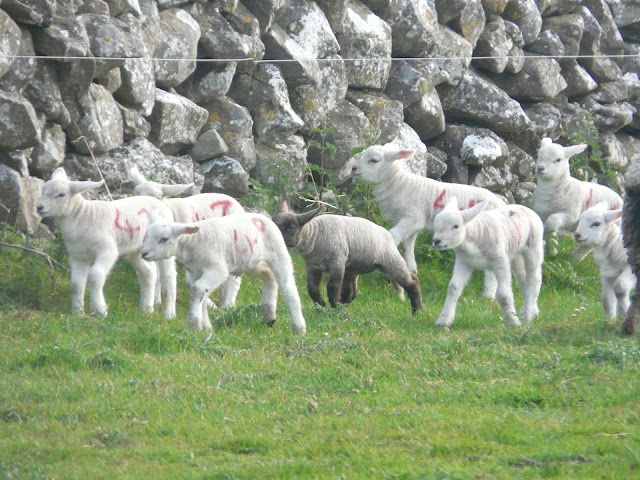
Lamb pneumonia is an infections disease that is caused primarily by the bacteria pasteurella hemolytica.
Detecting the signs of pneumonia on time is critical for the chance of survival of a lamb with pneumonia.
The most common cause of death in young lambs is lamb pneumonia.
You will usually notice the symptom's of pneumonia during the advanced stages of the disease.
Your lamb is more at risk of getting pneumonia if he/she is housed in a damp drafty enclosure. Contaminated milk and feed also puts the lamb at risk. Inadequate colostrum intake at birth and exposure to extreme cold and rain is a precursor for this disease.
Pasteurella hemolytica is a bacteria that is found in the respiratory and digestive tract in alot of lambs. Most newborn lambs are exposed to this bacteria but do not develop the disease that can be caused by pasteurell hemolytica as they have a natural resistance. Their resistance to this bacteria is usually only compromised if they have not had adequate colostrum and are living in an unhealthy environment.
Another organism called mycoplasma may also cause the disease.
Lambs that recover are prone to relapse and can develop a hard cough during the feeding period that can cause a rectal prolapse in the lamb.
Lambs who have had a difficult birth are more prone to pneumonia.
An unhealthy living environment for a lamb comprises of dust, damp bedding, high humidity, large amount of ammonia, excessive heat, inadequate ventilation in these conditions the risk of a pneumonia outbreak in the lambs is high.
Signs and Symptoms
Poor Suckling
A healthy lamb sucks from the ewe at regular intervals. The lamb is vigorous which sucking. There is strong head movement with tail wagging. A sick lamb will have poor suckling. No vigour in his suckling.
Nasal Discharge
Healthy lambs will have a small amount of nasal discharge. When you notice an increased amount of nasal discharge then its time to be alarmed. You should look at your lambs regular to notice changes.
Fever
The normal rectal temperature of a lamb is 102 to 104 degrees Fahrenheit. A lamb with pneumonia will have a higher temperature.
Loss of Appetite
Loss of appetite can lead to starvation and death. The lamb that losses its appetite will loose weight quickly.
Weakness
A sick lamb will be on its own not interacting with the other lambs. The lamb will separate perhaps from its mother. It will sleep and will have difficulty standing.
Treatment
The lamb needs to have its fever treated. Given antibiotics such as penicillin. Keep the lamb hydrated providing electrolytes and lamb milk. You may need to feed the lamb via stomach tube. You should bring the lamb indoors beside a warm fire or provide a pen with a heat lamp.
Prevention
If there is an outbreak all the remaining lambs should be treated with an routine antibiotic.
Ensure that the living quarters of the lambs are well ventilated and not overcrowded.
Provide fresh bedding as often as possible paying particular attention to the fresh births.
Do not house the lambs in a heavily drafted area.
The bedding needs to be dry as to prevent lamb chilling.
Colostrum intake must be adequate.





Comments
Post a Comment